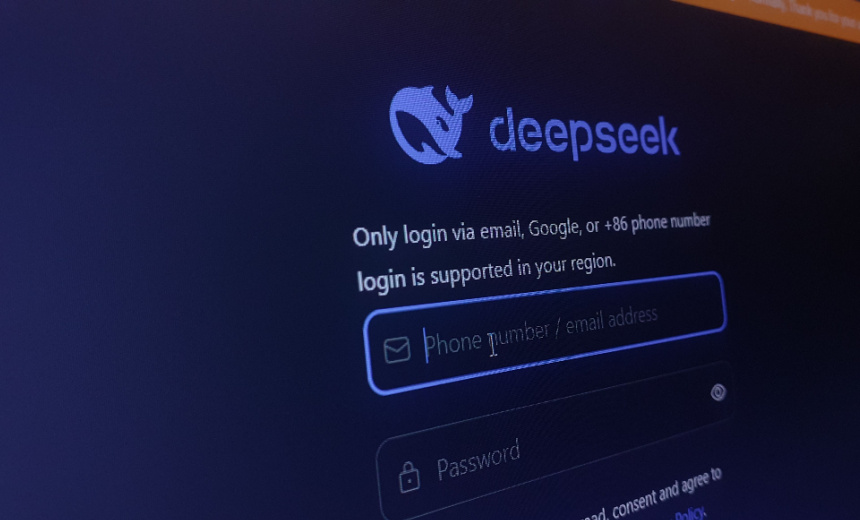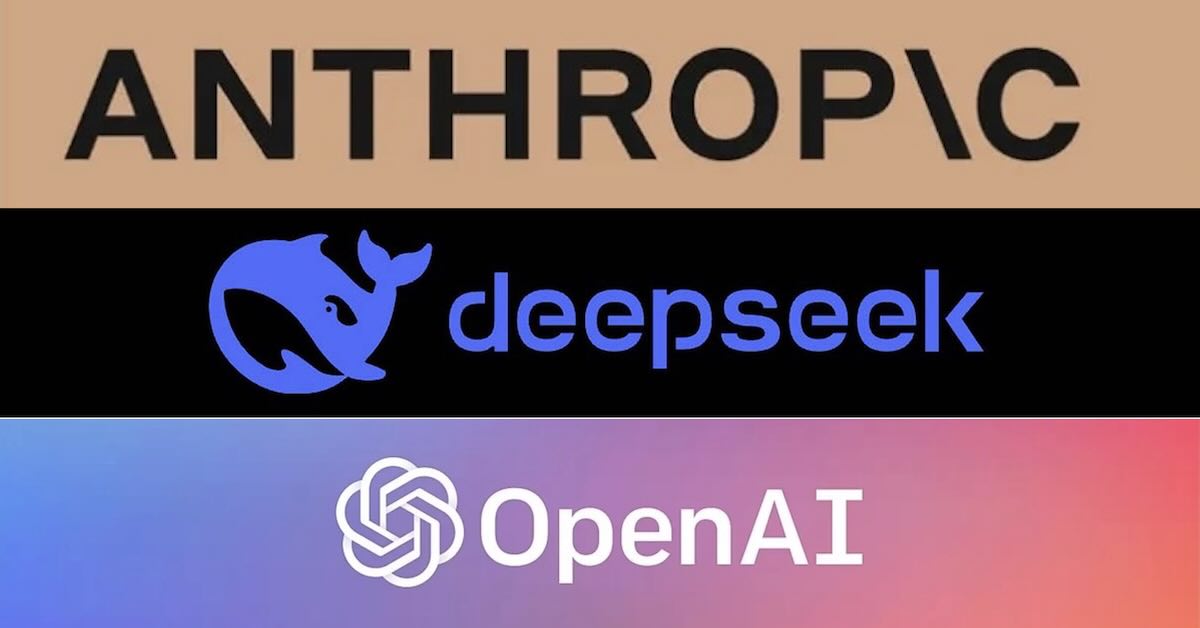DeepSeek vs OpenAI: The First Real Challenger to ChatGPT?
For years, OpenAI’s ChatGPT has led the AI sector, setting the standard for conversational AI. The emergence of DeepSeek has disrupted the industry, positioning itself as the first genuine competitor to OpenAI’s dominance. But is DeepSeek truly superior? Is the battle between DeepSeek vs OpenAI a clash for supremacy? And what does this signify for the future of AI?
DeepSeek's Unique Qualities
DeepSeek, a Chinese AI model, has garnered significant attention for two primary reasons: its outstanding performance and remarkably low training cost, reportedly a mere $5 million. In comparison, OpenAI's latest models are believed to have training costs in the hundreds of millions. If the DeepSeek vs OpenAI comparison demonstrates that top-notch AI can be developed for significantly less money, it signals a crucial revolution in AI advancement.

Many AI enthusiasts have put DeepSeek to the test and found that it surpasses GPT-4 Turbo in specific tasks. While traditional AI benchmarking tests exist, several users have evaluated DeepSeek using a more intuitive, real-world approach known as "vibes-based" testing.
Key Observations:
- DeepSeek's responses are more insightful and detailed than GPT-4 Turbo's responses.
-

- The answers feel less generic and more intelligent.
- It excels in creative writing and reasoning, generating human-like responses.
- Being free to use, it challenges OpenAI's premium business model.
DeepSeek introduces a unique R10 training process that represents a breakthrough in AI training capabilities. Here is how it operates:

- Many AI models, like OpenAI's GPT models, employ supervised fine-tuning (SFT) for training, where the model learns to predict correct responses based on a set of questions and answers.
- DeepSeek utilizes a novel reinforcement learning method called RL-Zero, enabling the model to self-train.
- It incorporates built-in tools such as a math calculator, code evaluator, and formatting checker, eliminating the need for human intervention in grading outputs.
- This self-learning approach significantly reduces costs.
This innovation is significant as it demonstrates that smaller companies and researchers can develop powerful models without requiring funding on the scale of OpenAI. If DeepSeek can achieve this with $5 million, the potential when larger companies adopt this methodology with more extensive budgets is immense.
Future Implications
While DeepSeek marks a substantial advancement, major tech companies like OpenAI still maintain an advantage due to their massive computing capabilities. The possibility of leveraging DeepSeek's methods on a large scale holds promise for the imminent creation of even more advanced models by companies such as OpenAI, Anthropic, and Google.

For businesses considering AI adoption, the key takeaway is clear: high-quality AI is becoming more affordable and accessible. This shift implies:
- Reduced costs for accessing advanced AI technology.
- Increased competition leading to faster advancements and enhanced AI tools.
- The future of AI encompasses not only developing superior models but also effectively integrating AI into products and services.
While the DeepSeek vs OpenAI rivalry represents a captivating AI competition, it signifies just the beginning of a broader AI revolution that lies ahead.
DeepSeek, a Chinese AI model, attracts attention for its impressive performance and cost-effective training in comparison to OpenAI's ChatGPT. Its utilization of the innovative reinforcement learning method, RL-Zero, sets it apart in the training process.
Many AI testers have found DeepSeek to outshine GPT-4 Turbo in areas such as reasoning, creative writing, and response depth. By employing an efficient reinforcement learning approach, DeepSeek trains with minimal human supervision, employing automated grading systems for tasks like math and coding.
Although not entirely open-source, DeepSeek has made its model weights accessible to researchers and developers, allowing them to experiment with its capabilities despite limited access to training data and code. Businesses can leverage DeepSeek similarly to OpenAI models for applications such as customer support, content generation, coding assistance, and automation.
Anticipations within the industry include the widespread use of reinforcement learning, the development of superior AI models, and the integration of AI tools like OpenAI's Operator into everyday operations.




















